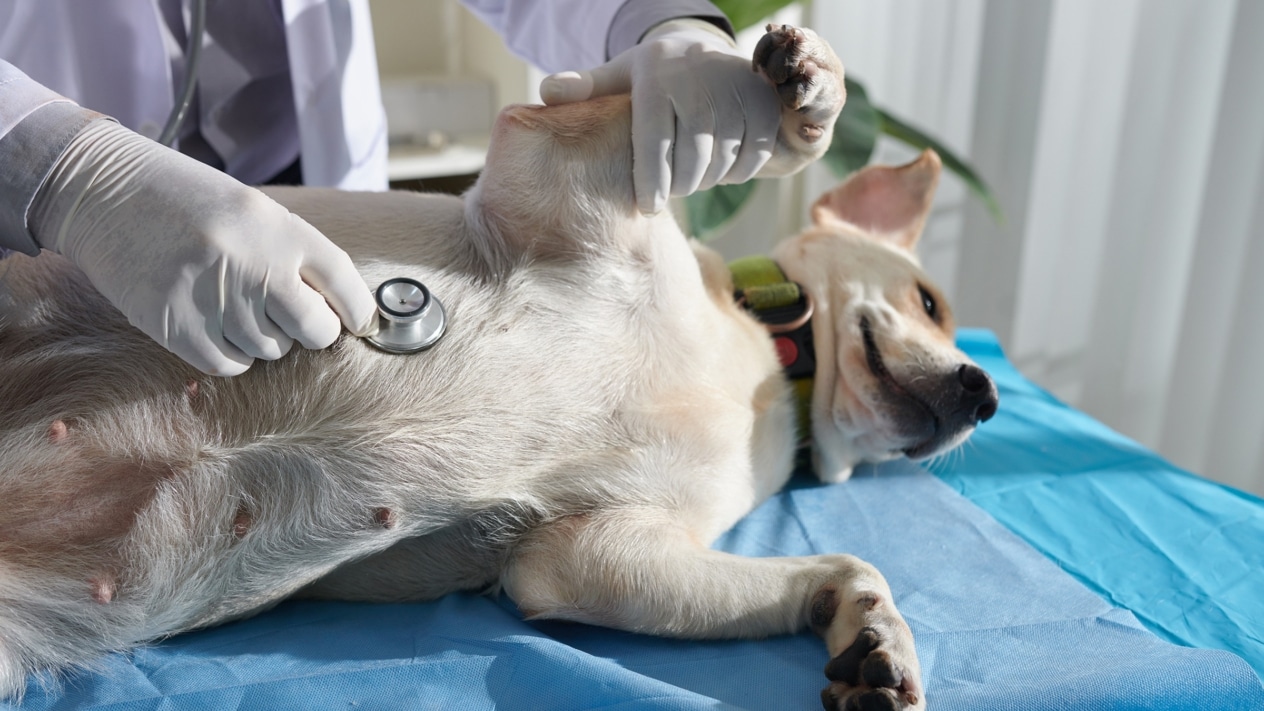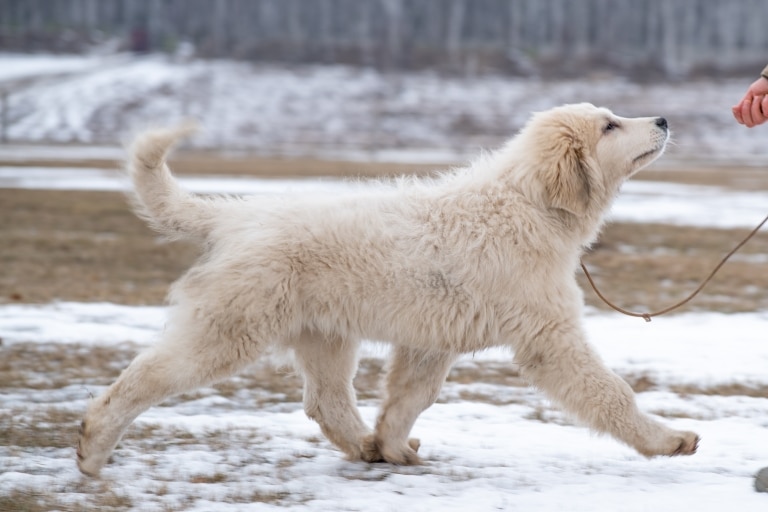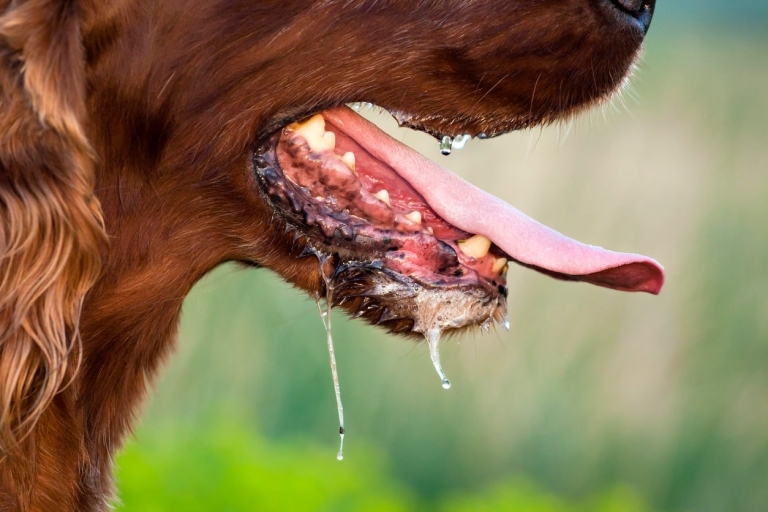All pet owners care for their Pets and want them to be happy, healthy and live as long as possible. However, there are some diseases that are not always easy to spot. These include heart disease.

The main groups of pathologies
In dogs, two groups of cardiac pathologies can be distinguished – congenital and acquired. The approach to diagnosis differs significantly:
- Some breeds of dogs (St. Bernards, boxers, Dobermans, dachshunds, Toy Terriers, Chihuahua-Hua) have a tendency to congenital pathologies of the heart. And this pathology has an individual character, so from completely healthy parents can be born puppies with heart defects or other diseases.
- Acquired heart disease develops against the background of too much physical exertion or infectious diseases. Sometimes pathology can be detected after trauma, massive bleeding or accompanying cancer.
Acquired heart disease of dogs, unlike congenital, is treatable, but the success, first of all, depends on the term on which the disease was diagnosed. Therefore, the owner needs to know the symptoms of heart disease in dogs, and when they are detected, be sure to consult a veterinarian. Cardiologist-veterinarian is a narrow-profile specialist, without whose help it is impossible to establish an accurate diagnosis.

Symptoms of heart disease in dogs and their diagnosis
Keeping an eye on the symptomatology of cardiac diseases is necessary for owners of any breed of dog, especially at an advanced age of the dog. Here is a list of dangerous symptoms:
- Decreased activity. Your Pet refuses to lead as active a lifestyle as he used to.
- Rapid fatigue.
- Shortness of breath – heavy, frequent breathing in which the dog may even wheeze. Reduced depth of respiratory movements, i.e. the chest moves strongly and the dog takes very active breaths, during which a wheeze and noise can be heard.
- Coughing. The dog begins to cough for no reason and without physical exertion, especially after sleep, in the morning, and such a feeling as if he wants to cough up something. Such a manifestation should set the owner off, as a healthy dog should not cough like this.
- Increased abdominal volume. This happens because the dog’s heart is not working well and fluid begins to stagnate. There is also often heavy breathing and this indicates that the disease is already progressing.
- Lividity of the tongue and gums, mucous membranes. If the dog is actively waving its tongue and it turns blue, but at the same time the dog has pink cheeks and lips, there is no danger. But if the lips and gums turn blue, it is an alarming signal that the dog lacks oxygen.
- Loss of consciousness. It happens that a dog on a walk can suddenly fall, his limbs begin to shake like convulsions, his paws become very tense and there is no possibility to even bend them. It’s all a horrible picture.
Any of these symptoms can indicate the development of a disease, and if you observe several at once – a reason to visit a veterinarian. The doctor will prescribe the necessary examination. This can be a cardiac ultrasound, chest x-ray, electrocardiogram, general blood and urine tests, but if there is heart disease, in most cases you should undergo a comprehensive examination to better understand how serious the problem is and what are the associated problems. If diagnosed early, the prognosis for treatment will be good. If the doctor is not even able to completely cope with the disease, the course of treatment will help to eliminate the main most dangerous for life and health symptoms.
In the first place in the risk group are dogs with a little overweight and even more so with obesity, Pets who lead a sedentary lifestyle, or, on the contrary, experience extreme physical exertion.

How to prevent a heart attack and prolong your dog’s life
To prevent a heart attack, first of all, it is necessary to provide your pet with proper nutrition, choose a balanced diet that meets all the needs. It is necessary to exclude from the dog’s diet all products from your table. Especially dangerous for the dog: avocado, chocolate, raw meat and fish, bones, flour and sweet products. It is important to maintain a healthy weight – to do this, you need to monitor your dog’s daily calorie intake and not exceed the recommended portions. Also, walk your dog at least twice a day, play games together, and avoid excessive exercise. Try to keep your dog from stress and give him plenty of time and attention.
Be sure to have an annual medical checkup with your Ponytail and make preventive visits to the veterinary clinic. If the animal has already been diagnosed with a disease or is at risk of developing a heart attack, it is worth increasing the frequency of visits to 2 times a year. It is also important to follow the vaccination schedule and perform anti-parasitic treatments on time.
Following the recommendations and rules of care for your dog, you will save him from heart disease, protect him from the consequences of diseases and create conditions for a harmonious and happy life.









